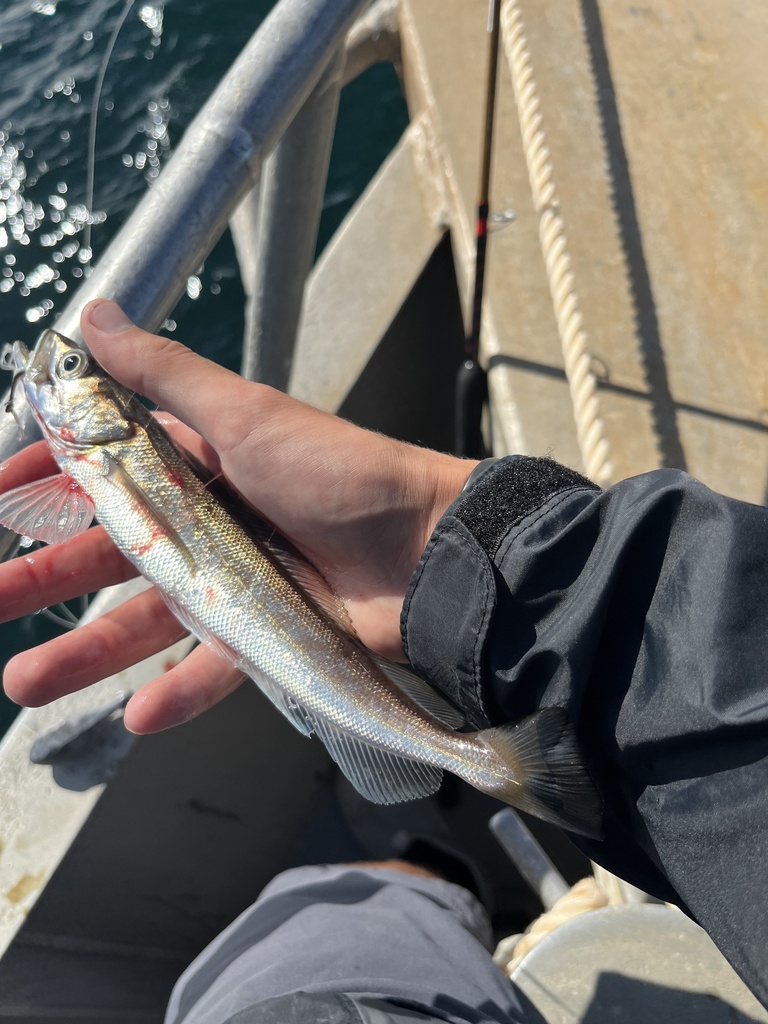|
| Common Hunting Fishing Mushrooming Foraging |
|
Merluccius merluccius |
http://en.wikipedia.org/wiki/Merluccius_merluccius
http://en.wikipedia.org/wiki/North_Pacific_hake
http://en.wikipedia.org/wiki/Silver_hake
http://en.wikipedia.org/wiki/Merluccius_gayi
https://en.wikipedia.org/wiki/
August: Peak activity. The hake actively searches for food and moves in search of food.
Harmless. Found in the northeastern Atlantic Ocean. Important commercial species for European fisheries.
Marine fish with elongated body and large head. Inhabits depths with rocky bottoms. Feeds on fish and crustaceans.
Fishing with bottom rigs and trawls Using live bait and artificial lures Night fishing with lighting
Active at twilight and night. Prefers deep and rocky bottoms. Best fishing seasons are late autumn and winter.
Average weight: 1.5 kg
Meat is firm, white, with a delicate taste. Cool quickly after catch. Carefully remove fins and innards. Widely used in cooking.
Fillet: Frying, baking, boiling
Head: Used for broths
Offal: Used in soups and sauces
Head: Used for broths
Offal: Used in soups and sauces
Fried European Hake Fillet (Frying)
Crispy crust and juicy meat
Crispy crust and juicy meat
1. Cut fillet into portions.
2. Coat with flour, salt, and spices.
3. Fry until golden brown.
2. Coat with flour, salt, and spices.
3. Fry until golden brown.
Herb-Roasted European Hake (Roasting)
Aromatic with fresh herbs and lemon
Aromatic with fresh herbs and lemon
1. Rub fish with salt, pepper, lemon, and herbs.
2. Roast at 180°C (350°F) for 20-30 minutes.
3. Serve with vegetables and lemon.
2. Roast at 180°C (350°F) for 20-30 minutes.
3. Serve with vegetables and lemon.
European Hake Soup (Boiling)
Rich soup with vegetables and spices
Rich soup with vegetables and spices
1. Boil fish pieces until cooked.
2. Add potatoes, carrots, onions, and spices.
3. Cook until tender, serve with herbs.
2. Add potatoes, carrots, onions, and spices.
3. Cook until tender, serve with herbs.
 United States · Massachusetts · Norfolk
United States · Massachusetts · Norfolk








